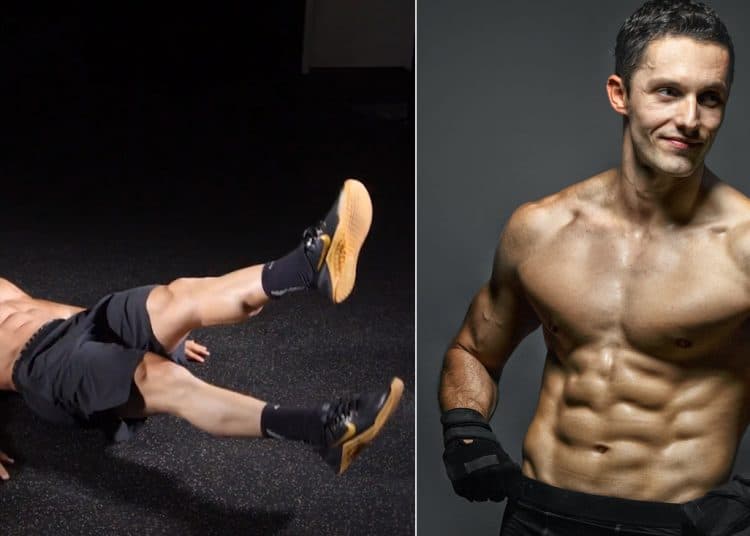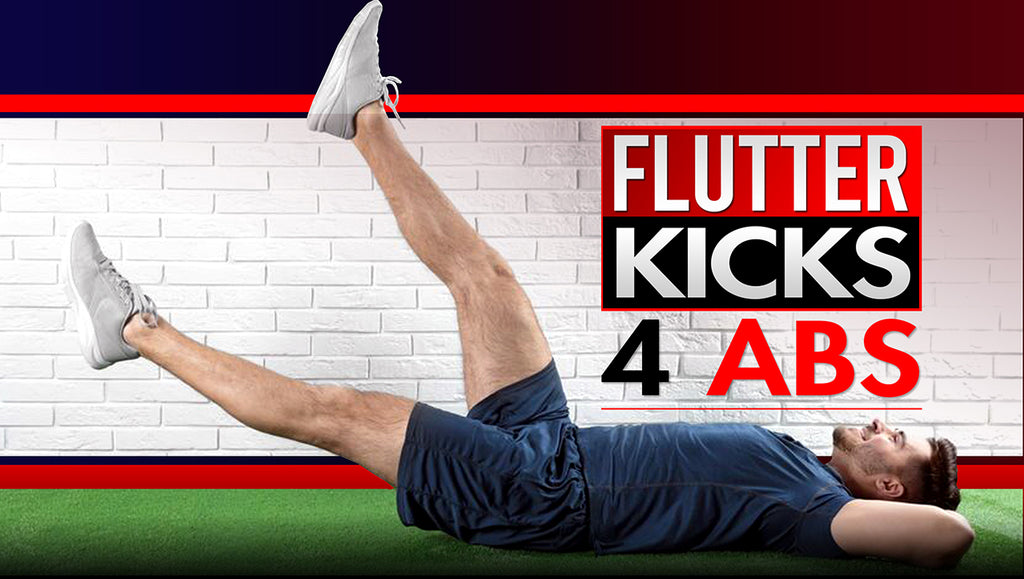

You will also see that the instep of the foot flicks down the water, creating that lift. You will see that even the slightest kick movement is effective and it creates that necessary lift to keep your legs high in the water. Sometimes it looks like they are not using the kick at all! But if you would look closely and in slow motion, you’ll find out that the opposite is true. You may see top swimmers glide through the water at an easy pace with seemingly very little kick movement. Even the slightest kick movement keeps your body in a straight line and your core engaged. The kick counters big upper body movements which prevents the body from ‘snaking’ through the water. A well timed kick keeps your stroke balanced and streamlined.
FLUTTER KICKS MUSCLES WORKED HOW TO
If you think a wetsuit will provide the necessary lift? Here’s another reason why you should know how to kick. To be able to keep your feet up high without losing energy is perhaps the biggest gain of training your kick. The math is pretty simple yet impressive, especially over a longer distance. The higher the legs, the less drag, the faster (or easier) you will swim.

The main reason is that a flutter kick creates lift for the legs so your legs will stay high positioned in the water. But for most swimmers and triathletes this should not be the main reason to train your kick and master the technique. The kick engages the whole body to deliver more power and therefor speed to your stroke. Being able to power up your kick makes it easier to speed up your swimming in general. Yes, a strong kick comes in handy when you need to speed up to pass another swimmer in the pool or in an open water race.

Unless you are a top sprinter in competitive swimming, speed is not the most important function of your kick. So why is it important to train your kick on a regular basis if it adds so little to your swimming speed, especially when you’re an endurance swimmer or triathlete? Here’s the answer to that question. That is if your kick is efficient and well trained. To avoid plantar flexion, stretch your ankles to increase their range of motion before getting into the pool.In freestyle, the (flutter)kick can add up to 10% to your speed when you’re swimming at a hard pace. To alleviate this pain, stretch your calf muscles or employ gentle massage after a workout. This is called plantar flexion and can lead to intense cramps in the calf muscles. However, positioning the feet and ankles in an unnaturally straight position can still cause cramping. Flutter Kick Injuriesīecause flutter kick is one of the simplest kicks to do in the water, it also carries the lowest risk of injury. Keep your knees straight yet relaxed as you press down into the water with one foot, then the other, allowing each foot to rise back to the surface of the water between kicks. Your legs should be floating on the water's surface, feet pointing in the direction from which you are moving away. Hold on to the top of the kickboard with your hands, resting your arms on the board's flat side. Isolating your legs in this way helps you to focus on the movement instead of worrying about what the upper body is doing. Use a kickboard as you learn to do the flutter kick. Doing the flutter kick in a vertical position also requires the use of your core, including your abdominal and oblique muscles. Instead, the movement comes more from the energy exertion of the glutes - the muscles found in your bum. This is because the quads no longer have to work against gravity to move the legs. While you'll still use the same major muscle groups, it's the glutes - not the quads - that feel the burn the most. When you turn yourself to a vertical position in the water and do the flutter kick while treading water, you change the point of emphasis when it comes to your muscles. Of these muscles, you'll feel the burn the most in your quads, because this muscle on the top of your thighs uses the most energy to push your leg down in the water during the flutter kick. Whether on your front or your back, you'll also use your calves as well as three muscles in your feet: the abductor hallucis, abductor digiti minimi and flexor digitorum brevis. These include your gluteus maximus, quadriceps and hamstrings. The flutter kick uses all the major muscle groups in the legs.


 0 kommentar(er)
0 kommentar(er)
